TARTINI ROUTE
Along the steps of a lifetime
Giuseppe Tartini left Piran to settle in Padua after traveling extensively for study and concerts. He was the greatest violinist in Europe and through his studies and teaching he profoundly influenced both the techniques of execution and the art of music during the Age of the Enlightenment.
Giuseppe Tartini was born in 1692 in Piran, in present-day Slovenia, and died in Padua in 1770. At the time, both cities were part of the Serenissima, the Republic of Venice. Born into a rich and important family of Piran, during his youth he made many trips, from Ancona to Assisi, from Rome to Bologna, to Venice, and on to Fano, Milan and Palermo. These trips were documented in his writings, and over time have fueled a series of legends, which have been indissolubly linked to his figure, the best known of which is the dream, from which his "Trillo del Diavolo" was born.
In his youth he was a skilled swordsman, but the passion that accompanied him throughout his life was for instrumental music. This particular inclination for musical creation and execution led him to compose 130 concertos and more than 175 sonatas for violin. In 1723, together with other European stars of performance, his fame as a musician earned Tartini the call to Prague for the celebrations dedicated to the Bohemian coronation of Emperor Charles VI. Once he had returned to Padua, he commited himself as "First violin and concert leader" in the orchestra of the Basilica of Sant'Antonio. At the same time he dedicated himself to teaching music. He had a varied group of students from all over Europe that earned him the title of the Maestro of Nations.
In the middle of his life, his attention was focused on the theoretical aspects of teaching, on the technology of musical instruments, on the physics of sound, topics on which he also wrote treatises, which attracted considerable attention and discussion among contemporaries and which are still studied.
During his long life Tartini wrote many letters to family, students, friends and colleagues. Snippets of these letters accompany our journey to give us a rounded portrait of his character as a European protagonist of the Enlightenment.
In this first itinerary we retrace this intense life, discovering the places where Giuseppe Tartini lived, worked, loved and spread the sound of his music.


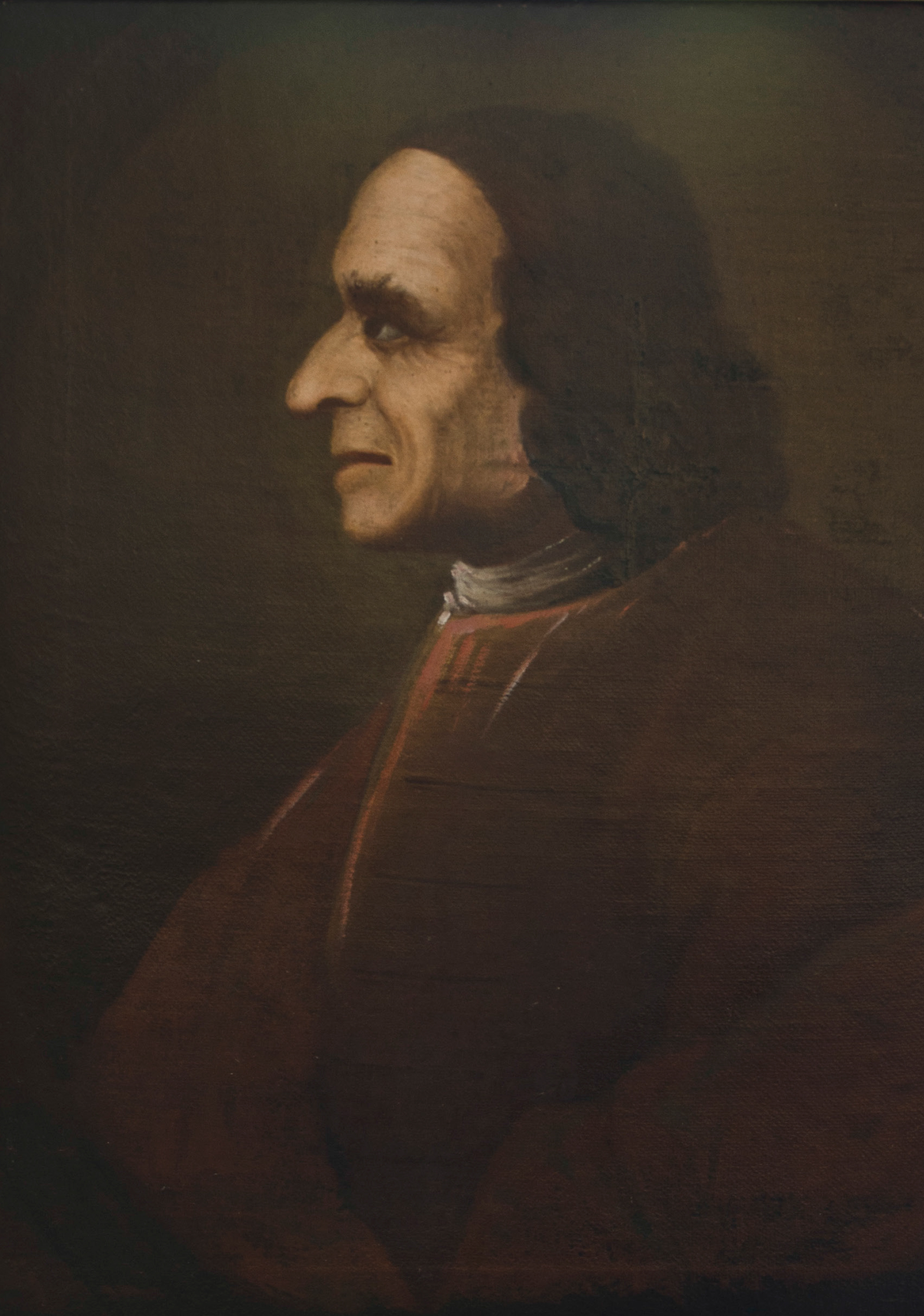
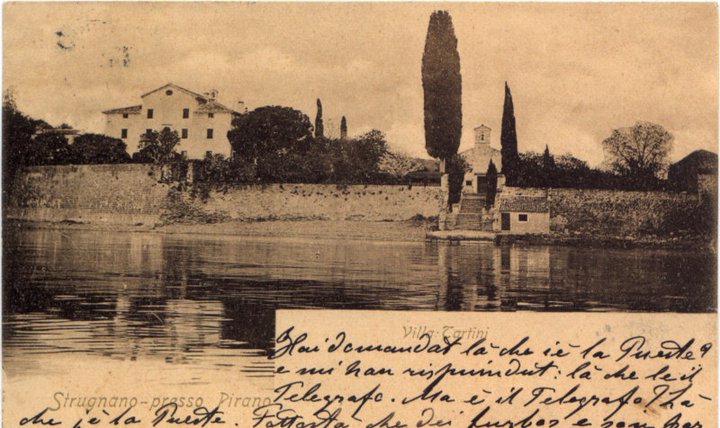
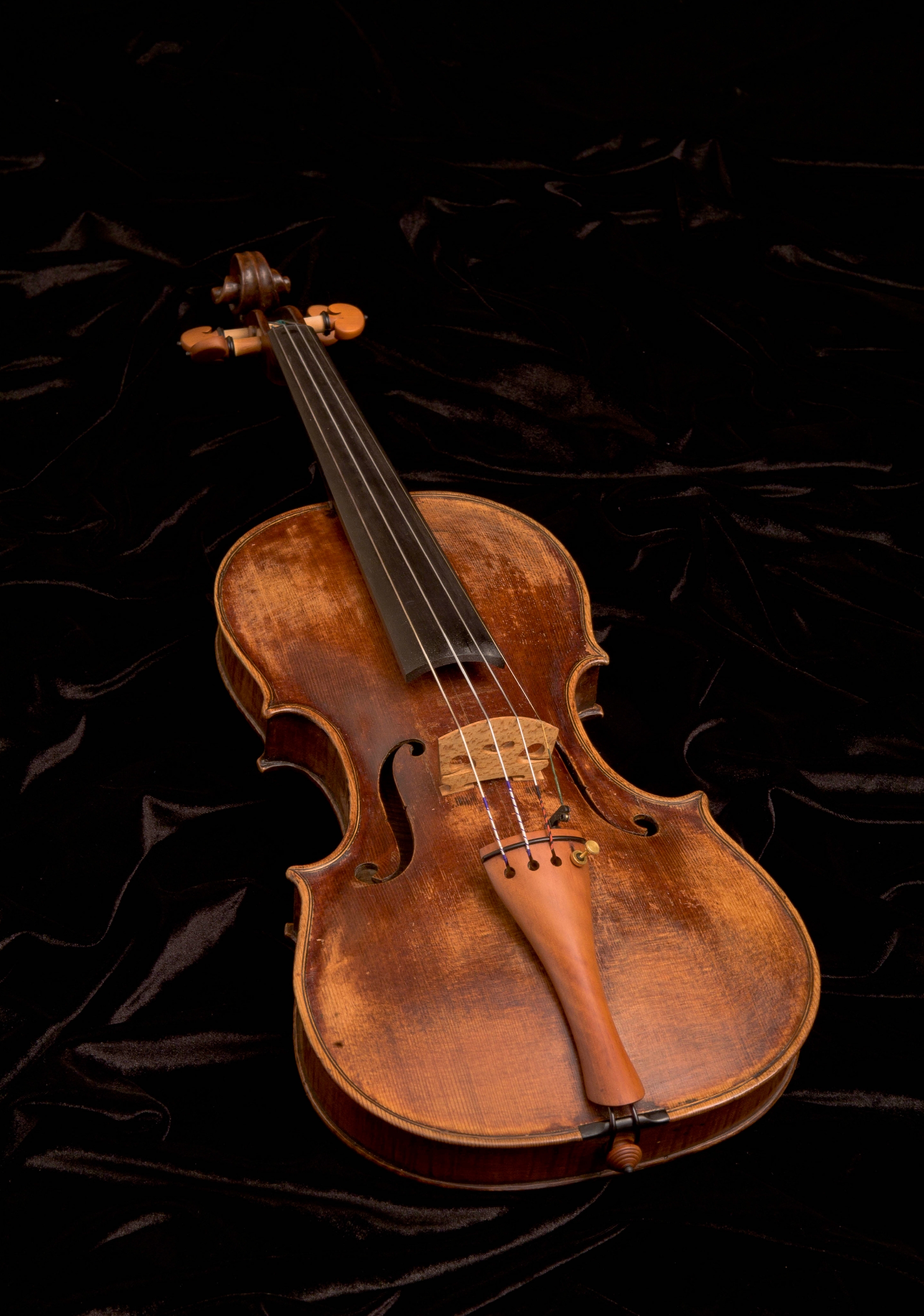
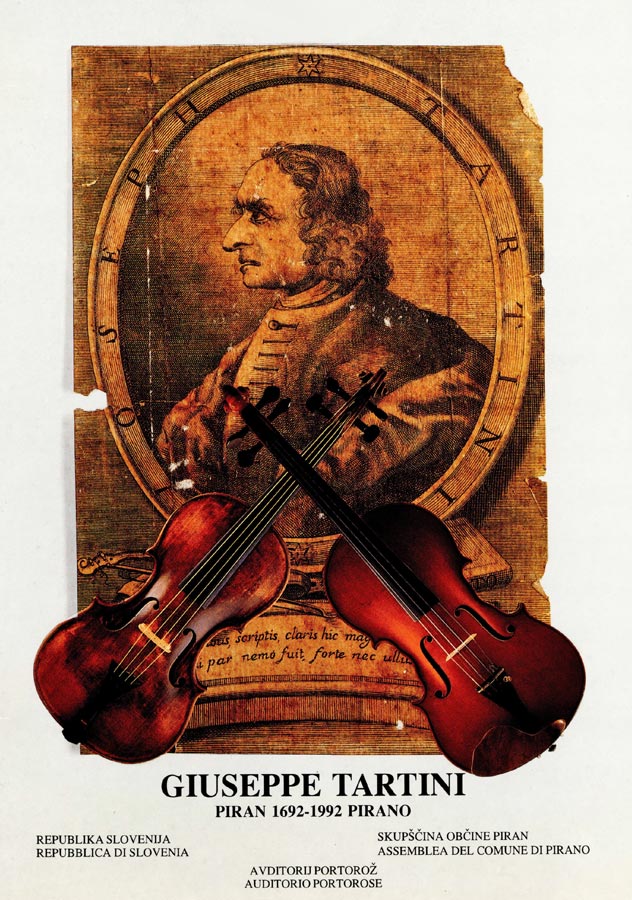
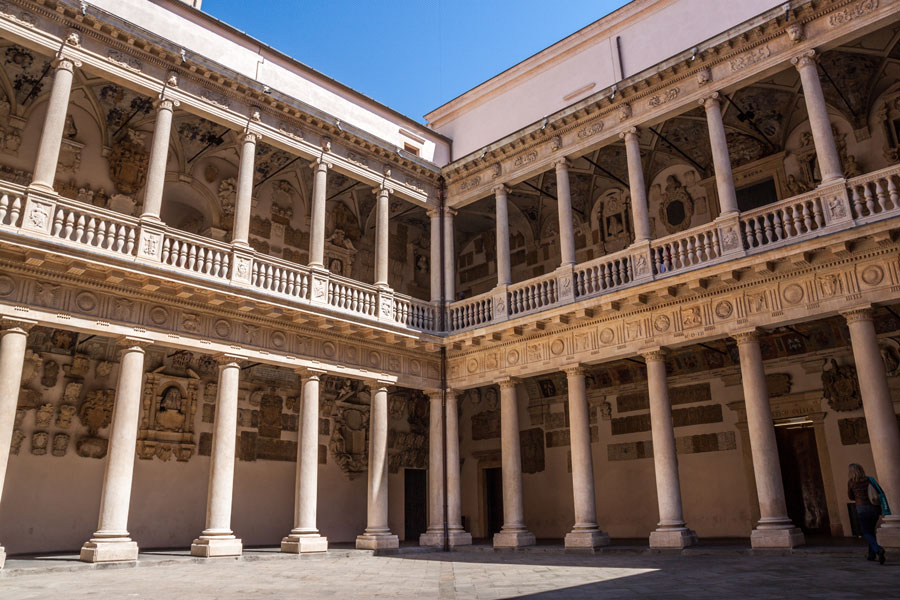
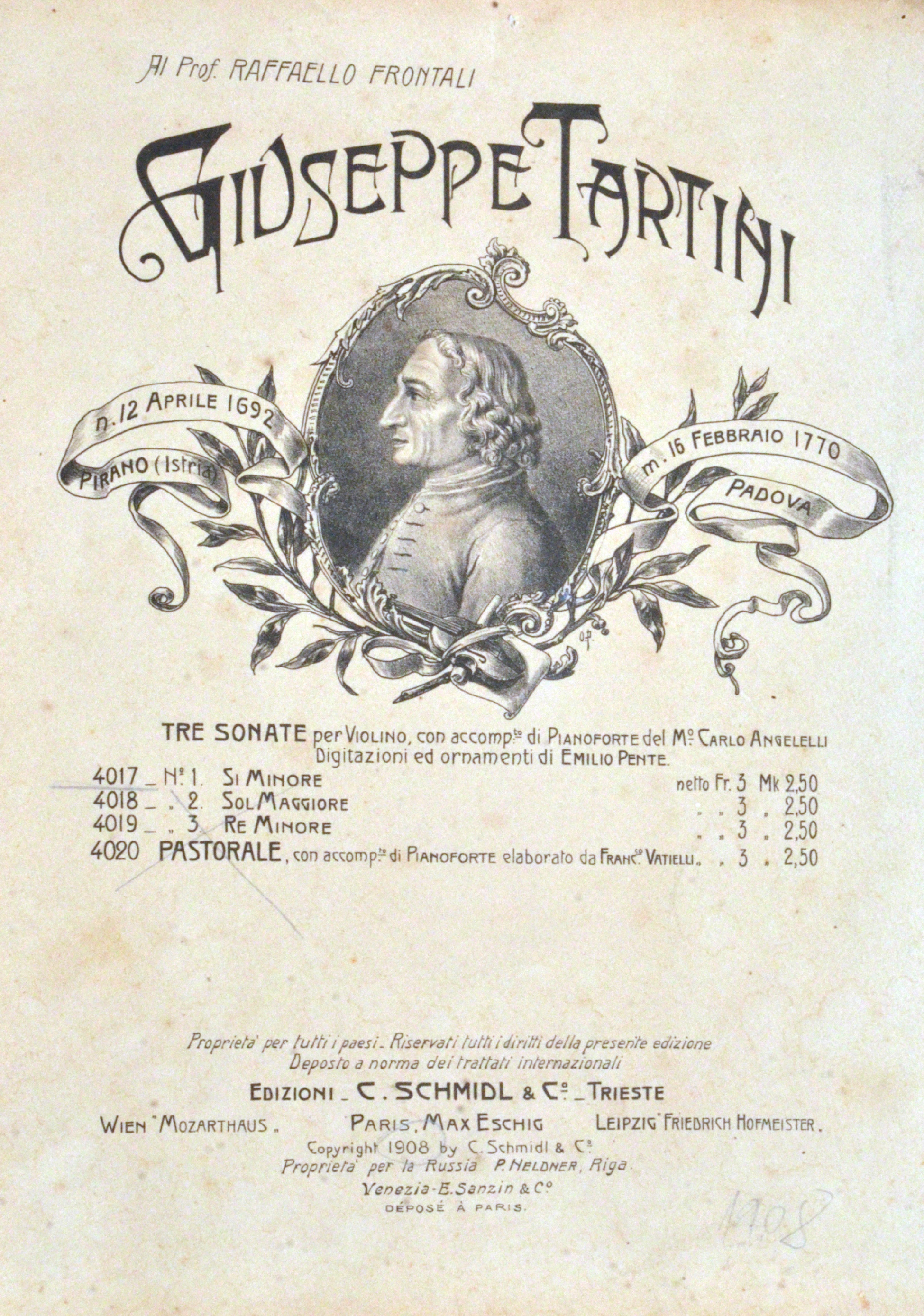
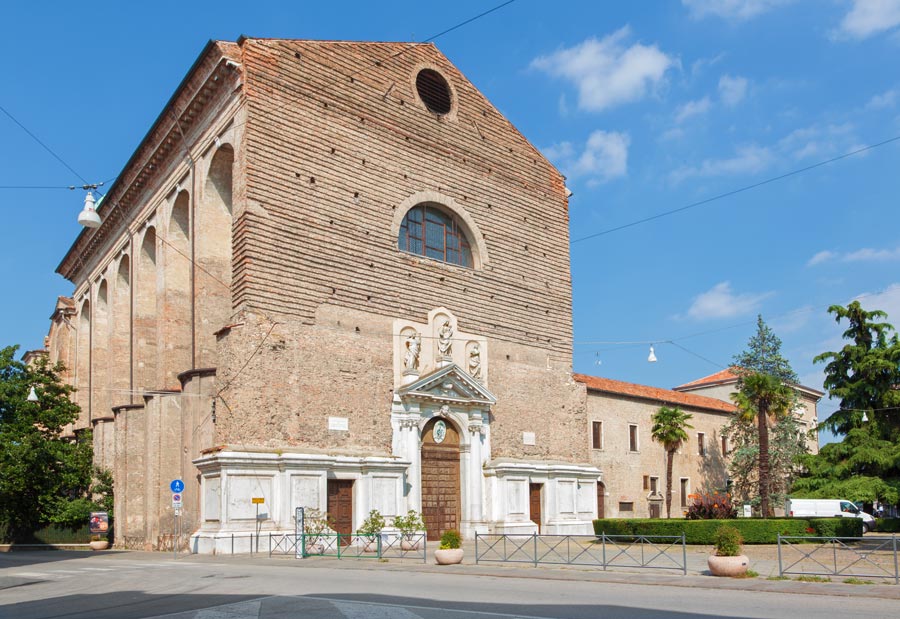
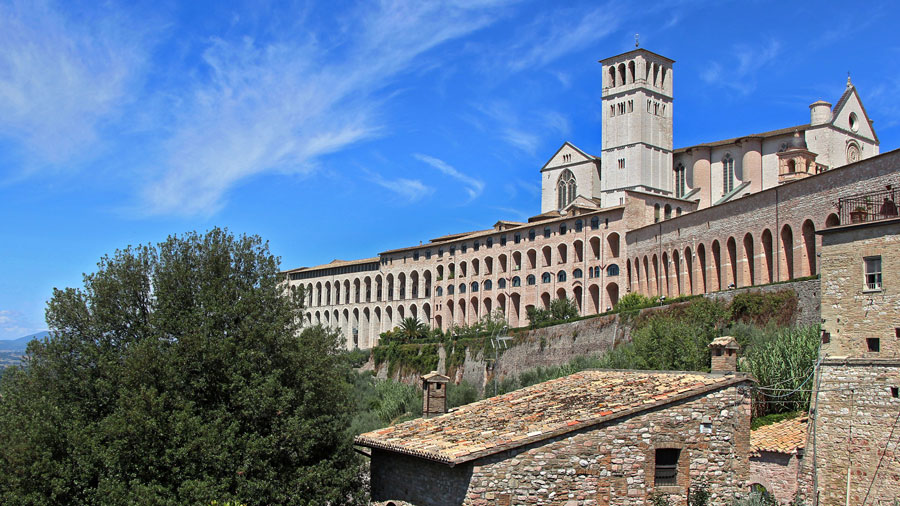
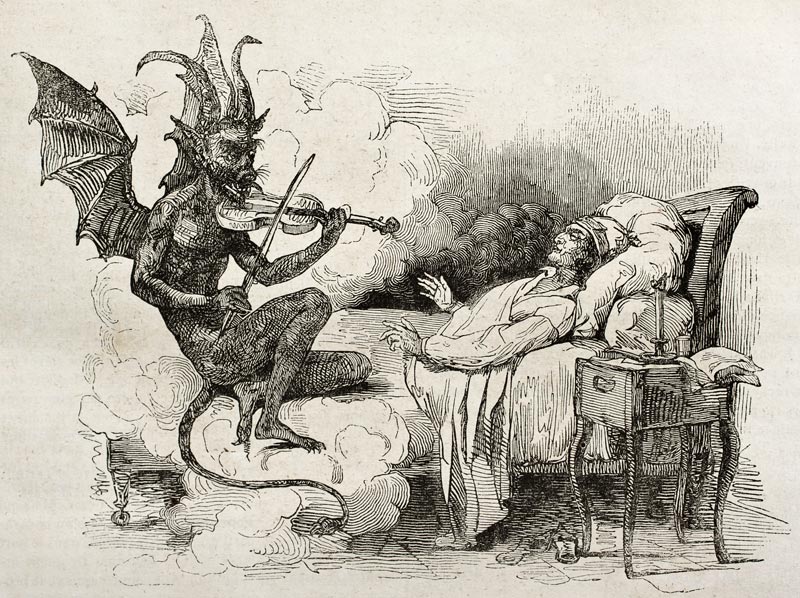

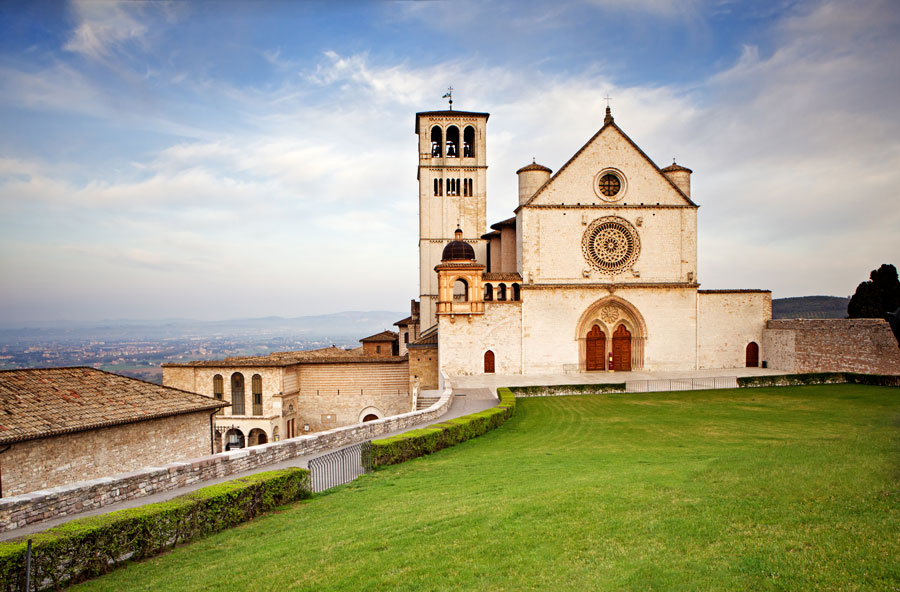
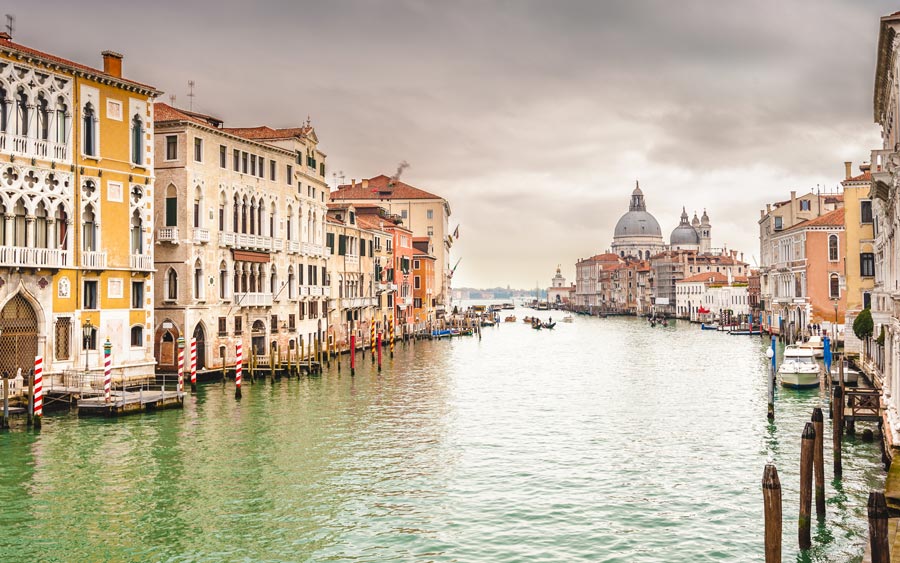
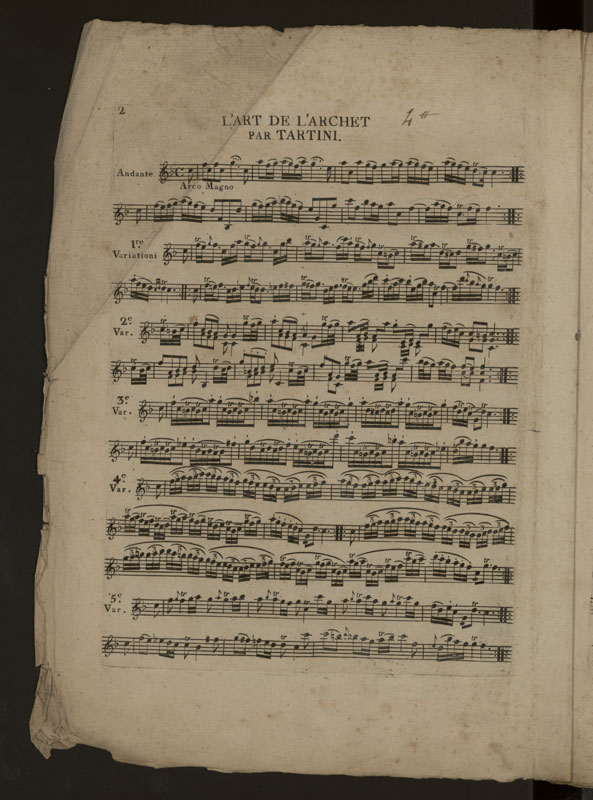
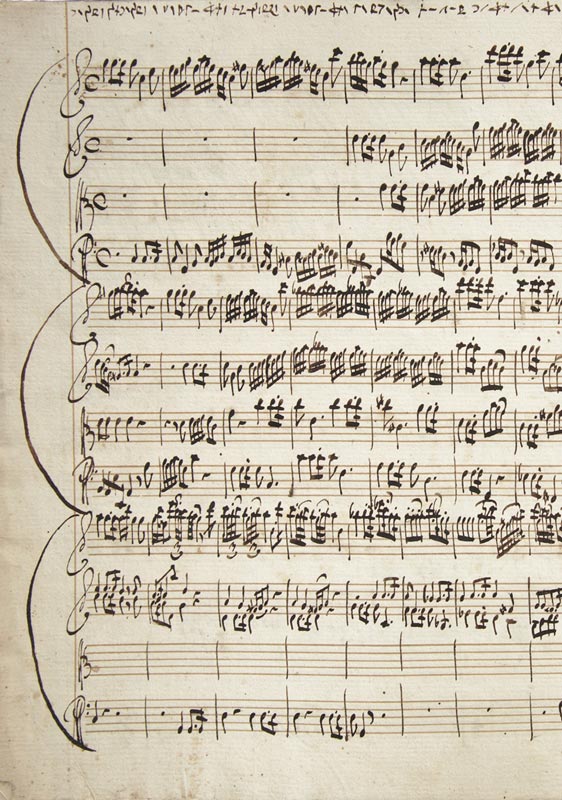

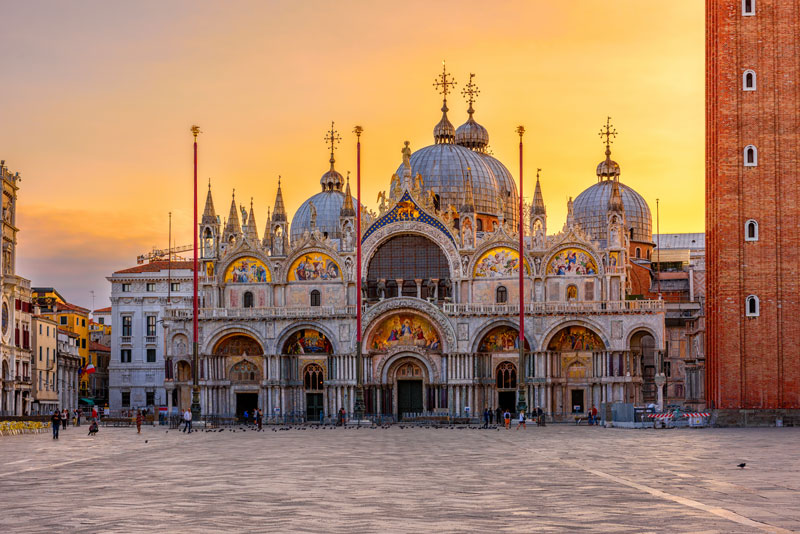
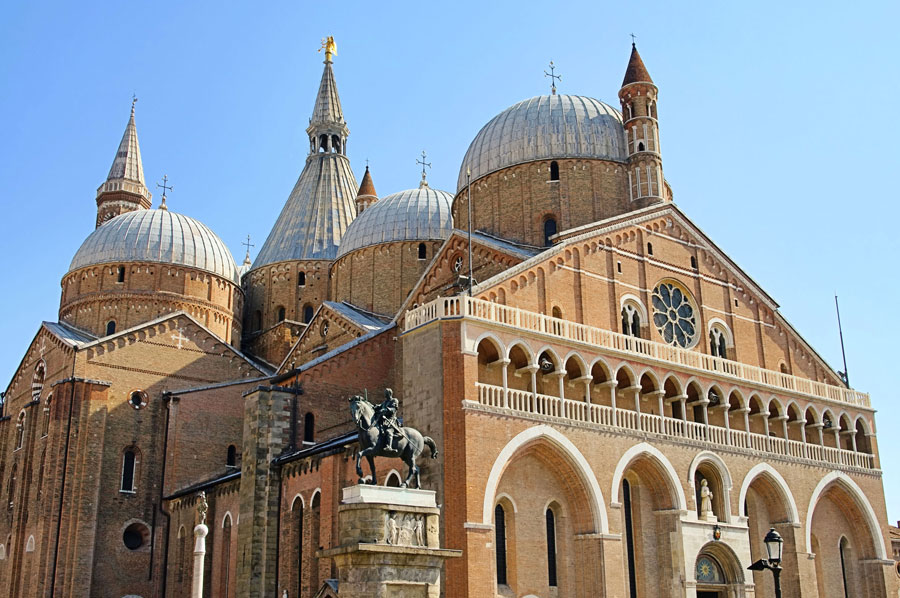
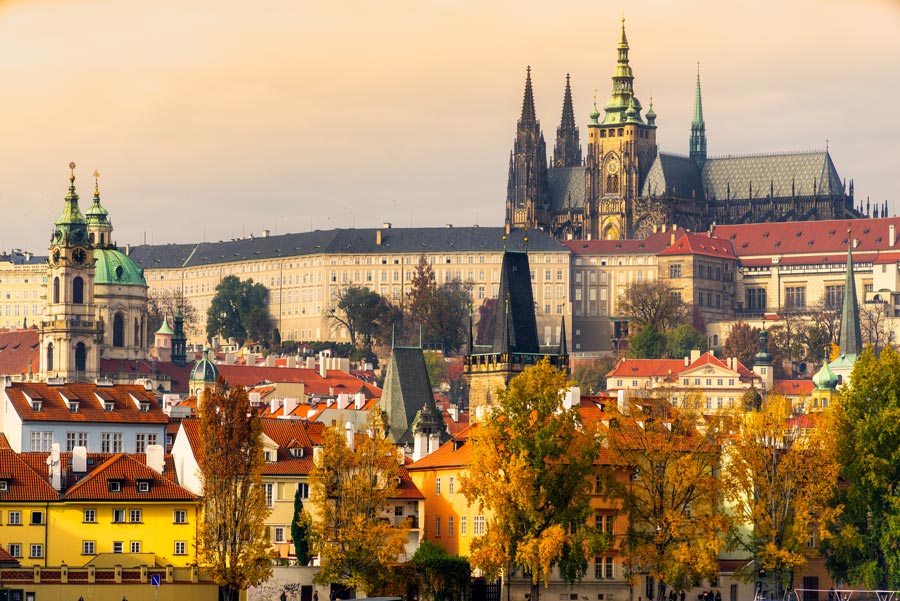
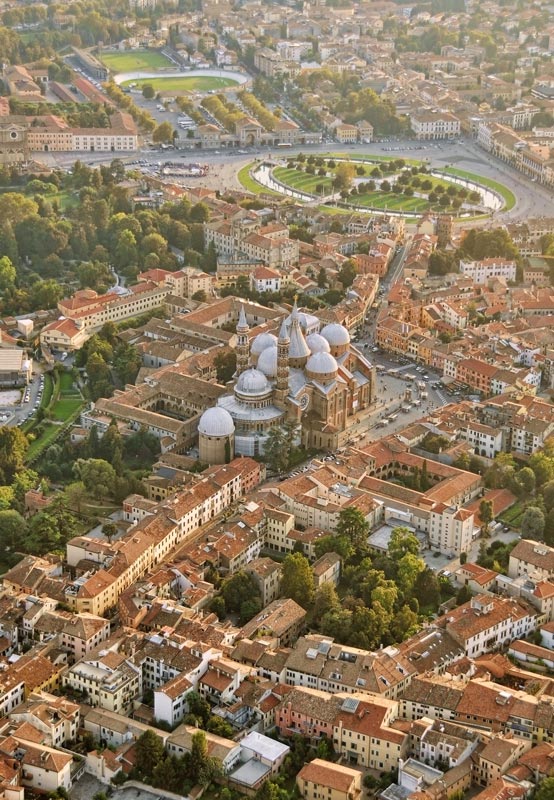
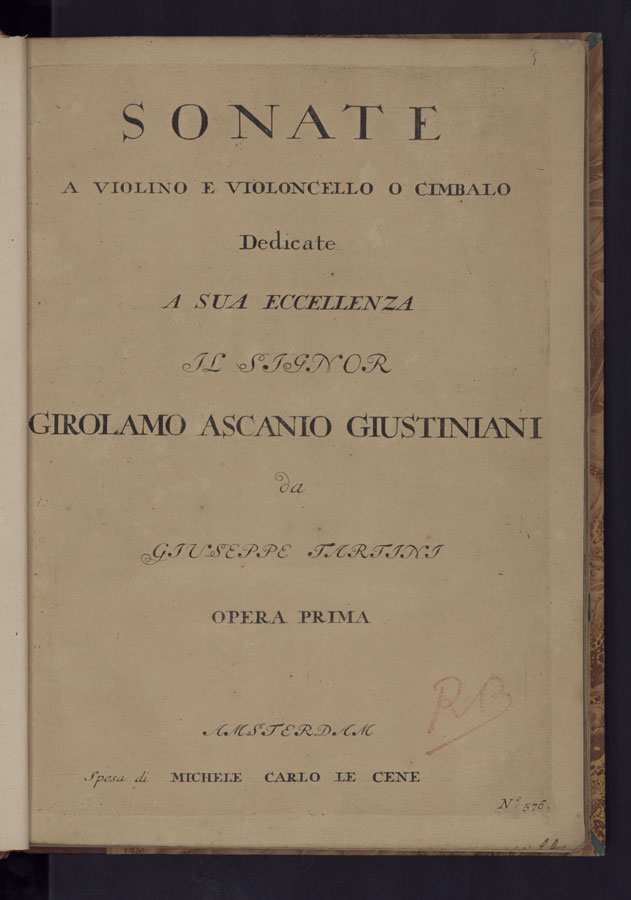
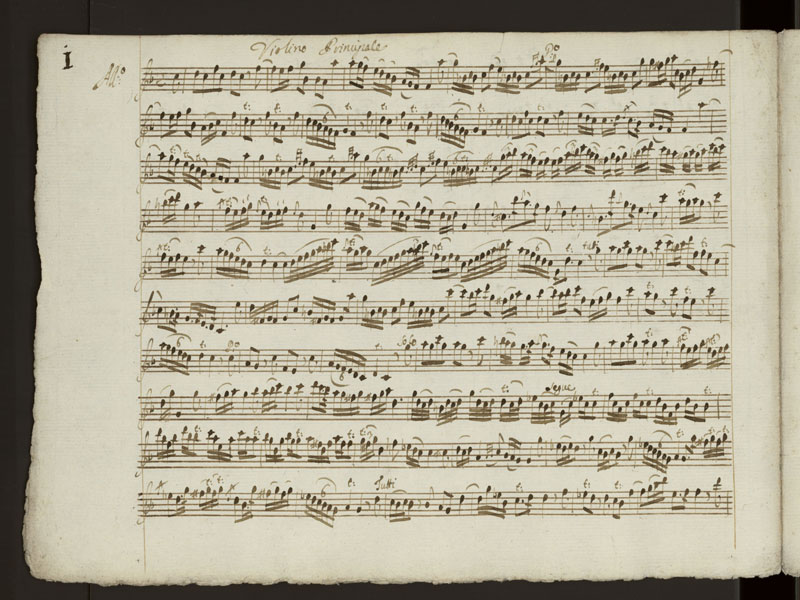
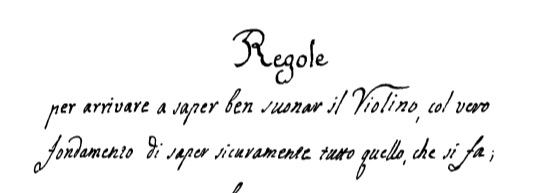
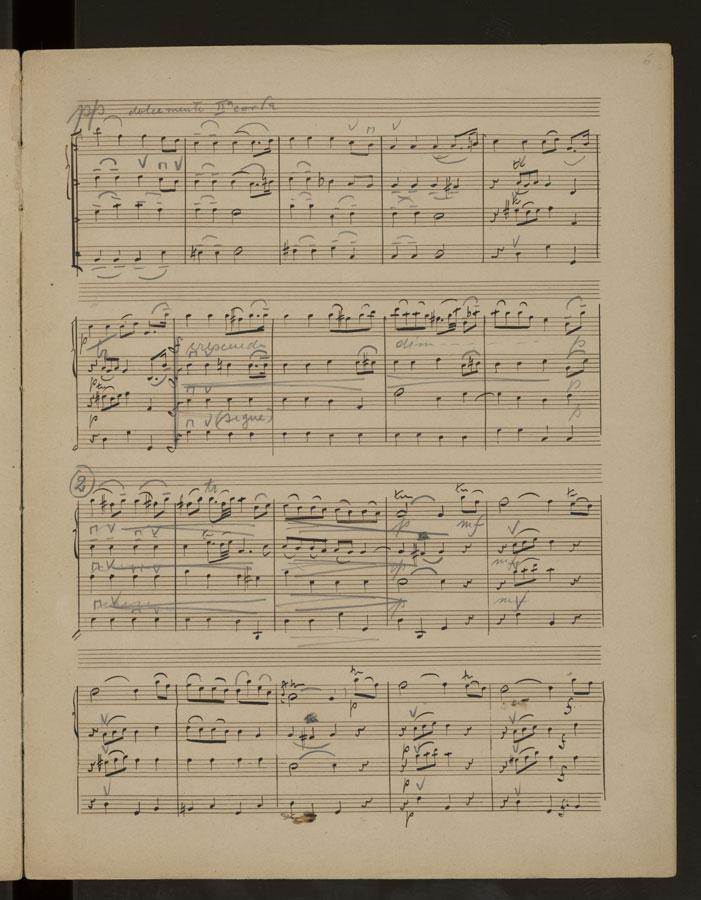
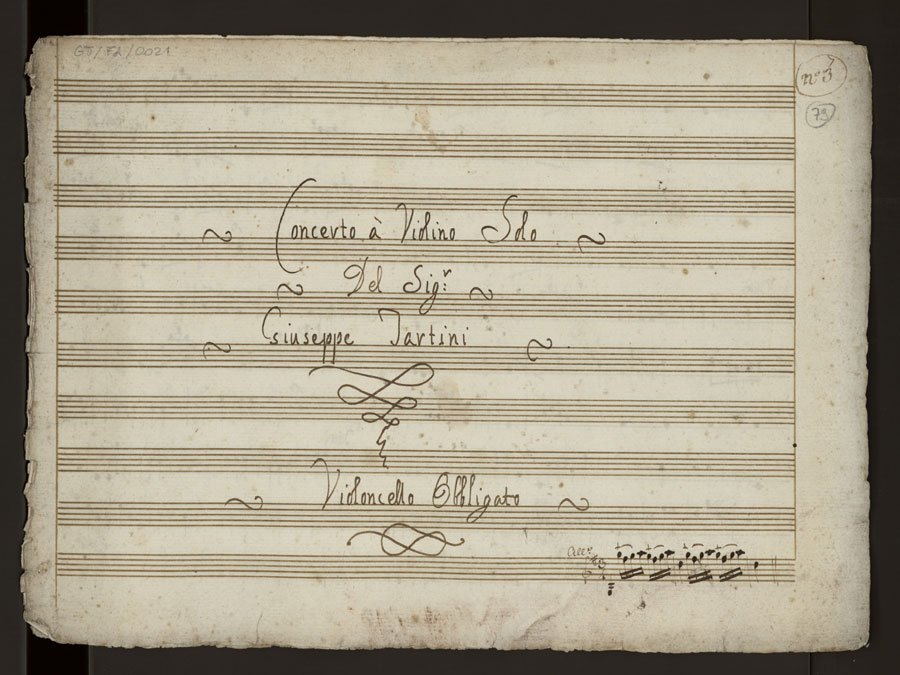
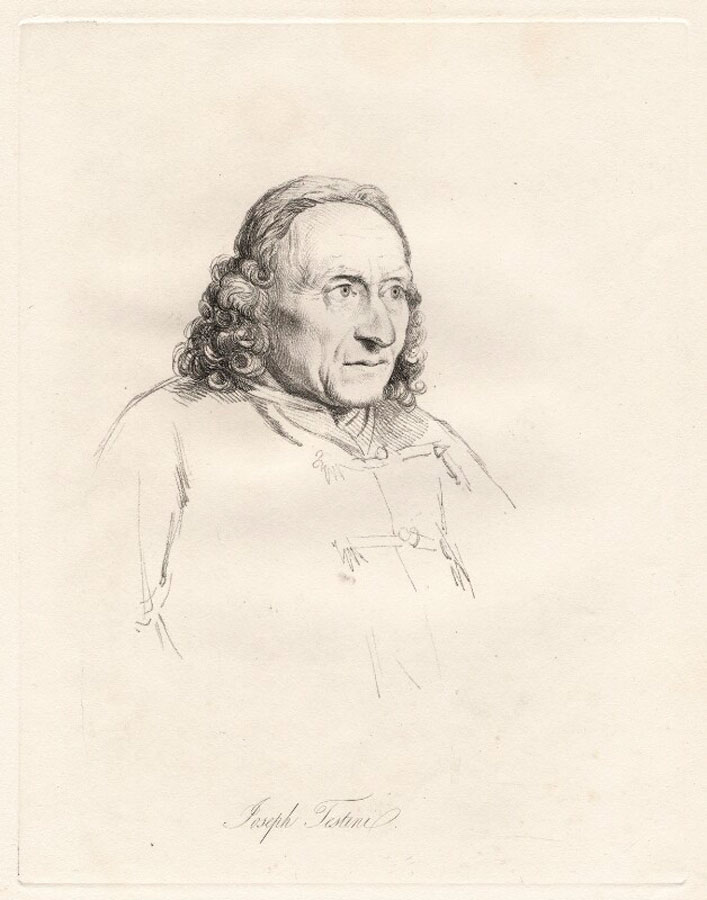
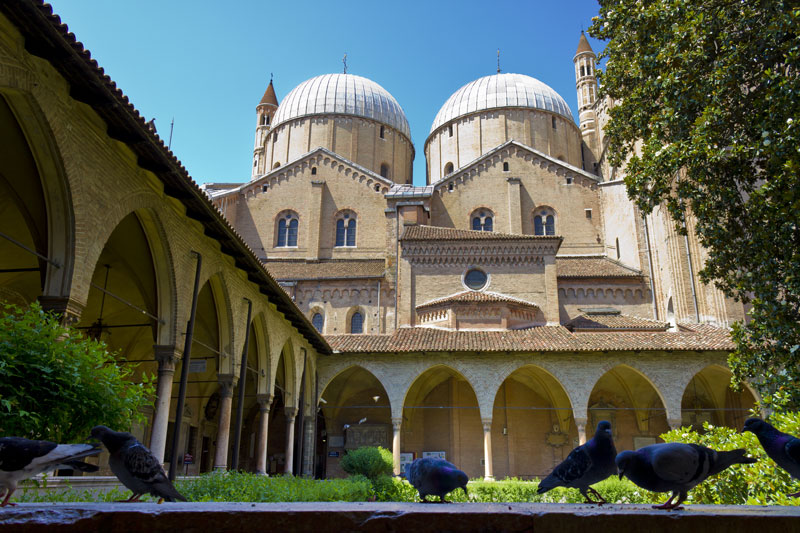
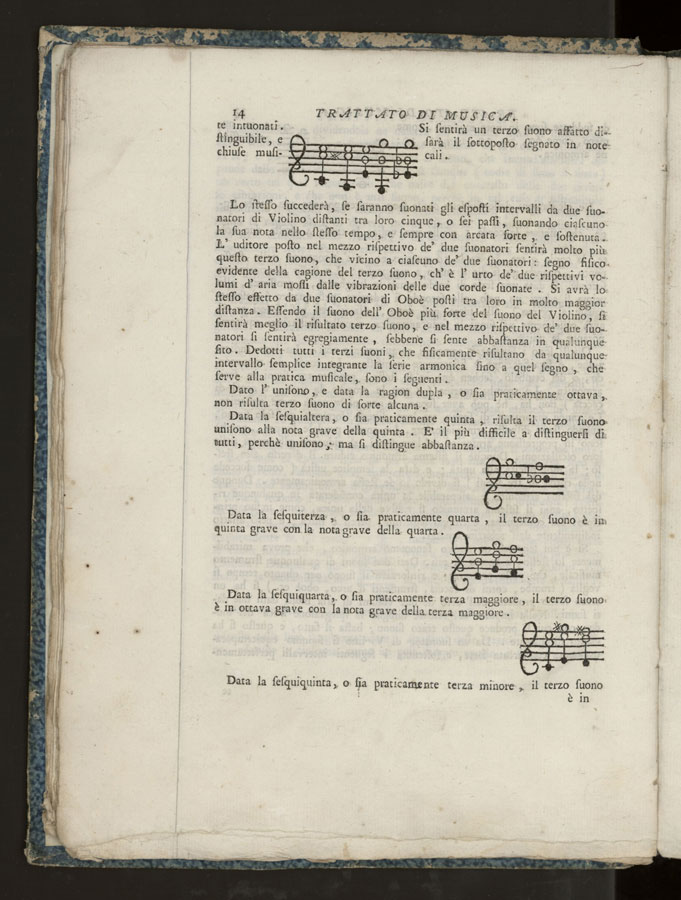
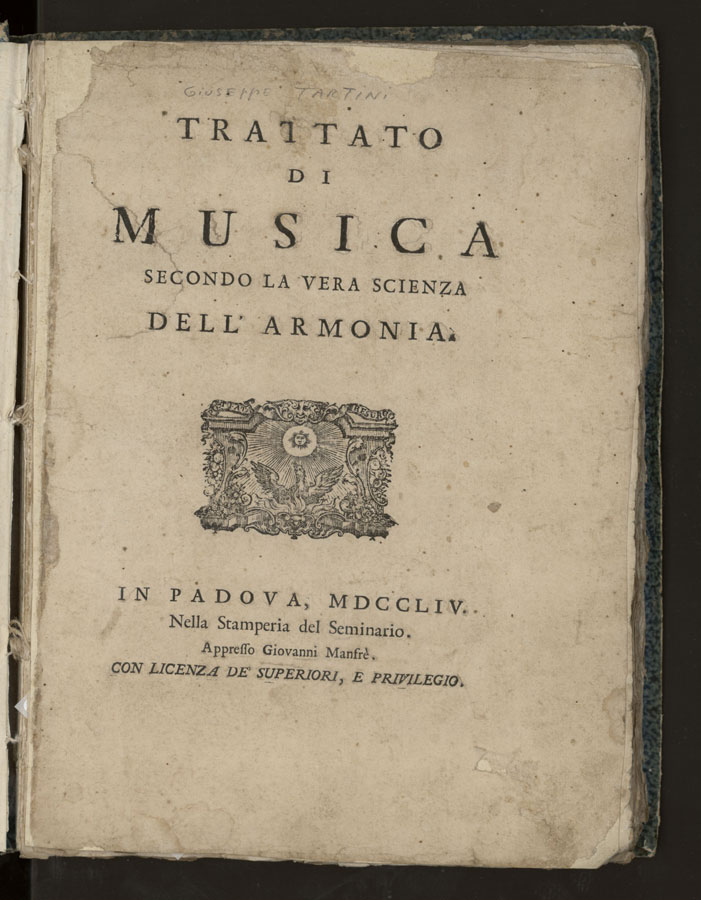

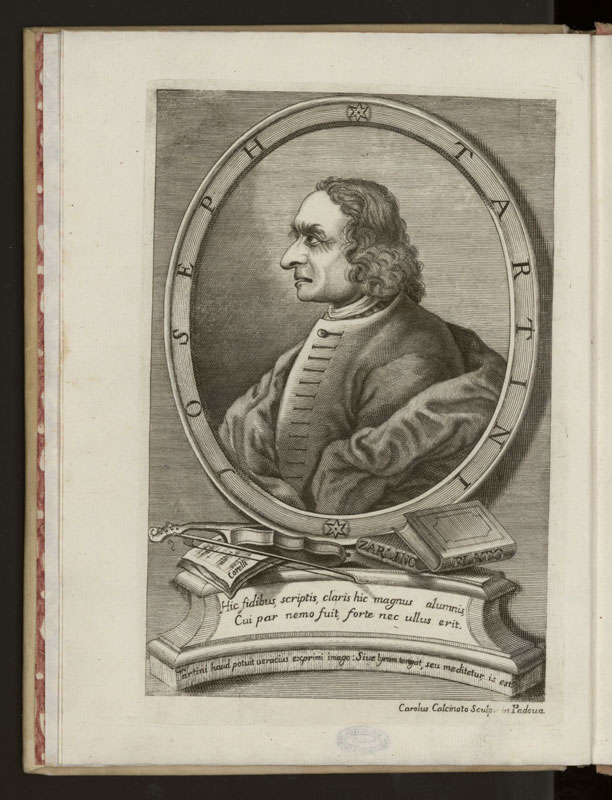
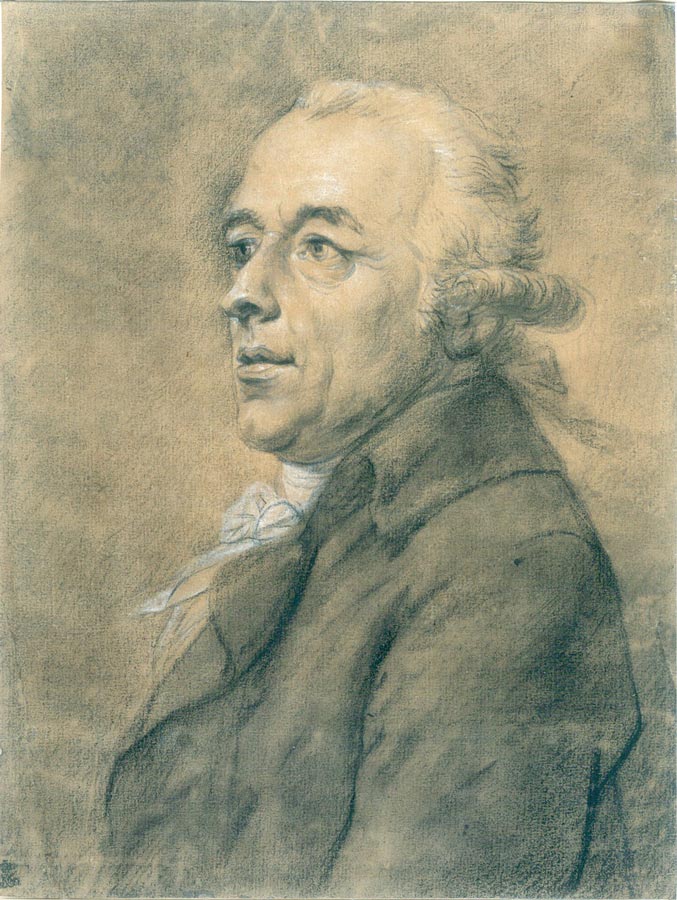
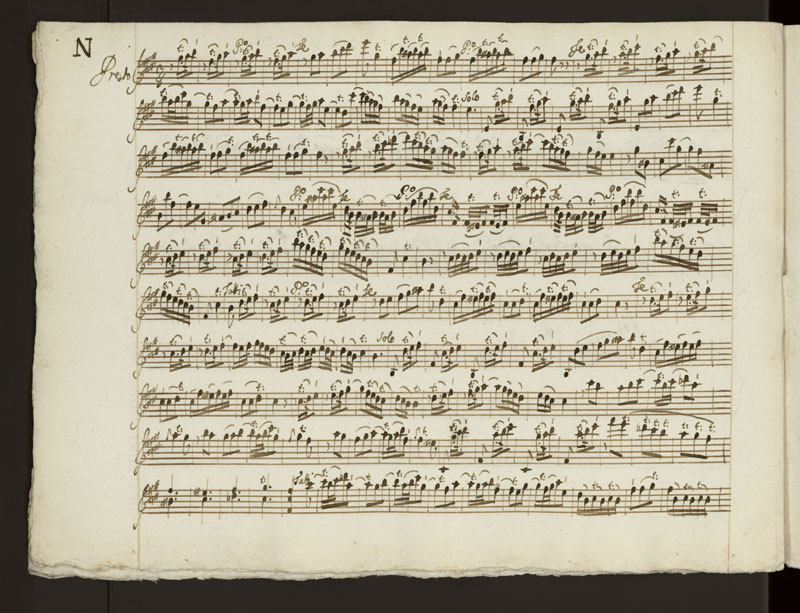
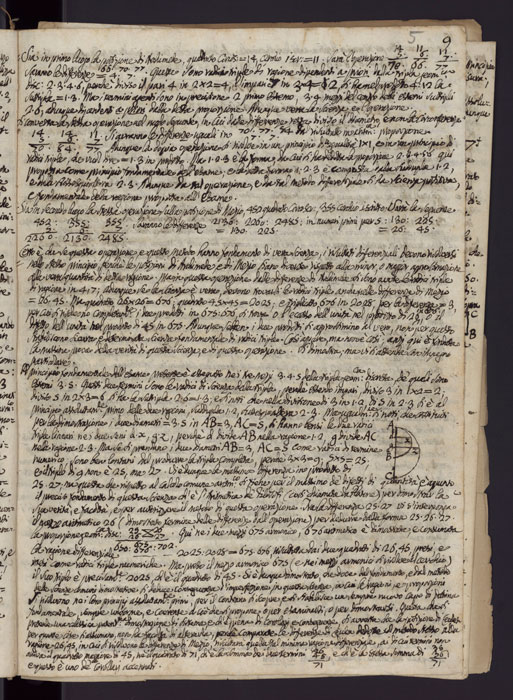
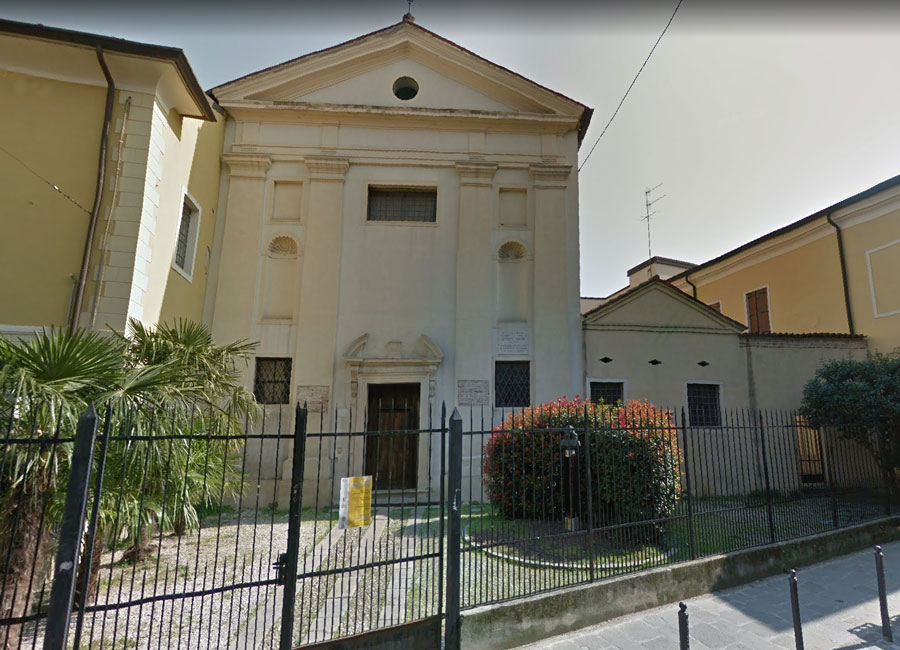
.jpg)

